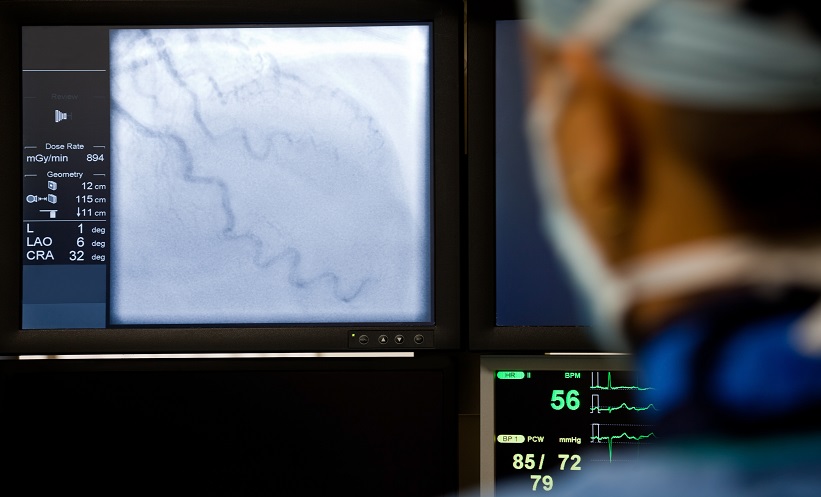NOVEL CT testing is able to identify risk in patients with angina, and identify those whose angina is stable with a reduced risk of 3-year adverse outcomes. Researchers assessed outcomes of patients undergoing CT angiography and CT angiography-derived fractional flow reserve (CT-FFR), which stimulates the amount of blood that flows through coronary arteries through CT angiography images, artificial intelligence algorithms, and computational fluid dynamics.
Usually, a non-contrast enhanced cardiac CT is performed before CT angiography to evaluate the amount of coronary artery calcium, which is a marker for total coronary plaque. The study group included 900 participants with new onset stable coronary artery disease, with at least one coronary artery stenosis greater than 30% and no prior coronary revascularisation or atrial fibrillation. Of these, 523 had normal CT-FFR results, with a rate of 3-year adverse outcomes of 2.1%, and 377 had abnormal results, with an adverse outcome rate of 6.6%. Patients with abnormal CT-FFR results and a high coronary artery calcium score had an adverse outcome rate of 9.0%, compared with 2.2% in those with a high calcium score and normal CT-FFR results.
This study shows the prognostic potential of CT-FFR in these patients. Lead author Kristian Madsen, University Hospital of Southern Denmark, Esbjerg, stated: “Regardless of the patient’s baseline risk and extent of coronary artery disease measured by coronary artery calcium, if CT-FFR results are normal, the prognosis is good.” Madsen further explained that the diagnostic performance of CT-FFR is high, with results that correlate well with invasively measured fractional flow. “In my opinion, CT-FFR is the best option because it provides a blood-flow estimate similar to what you would obtain if you performed invasive heart catheterisation,” Madsen stated. Contrary to invasive procedures, you can get a reliable and quick answer without the need for additional testing.
The use of CT-FFR will allow clinicians to evaluate risk level of their patients with coronary artery disease, and focus on improving the prognosis of those who are at highest risk.








